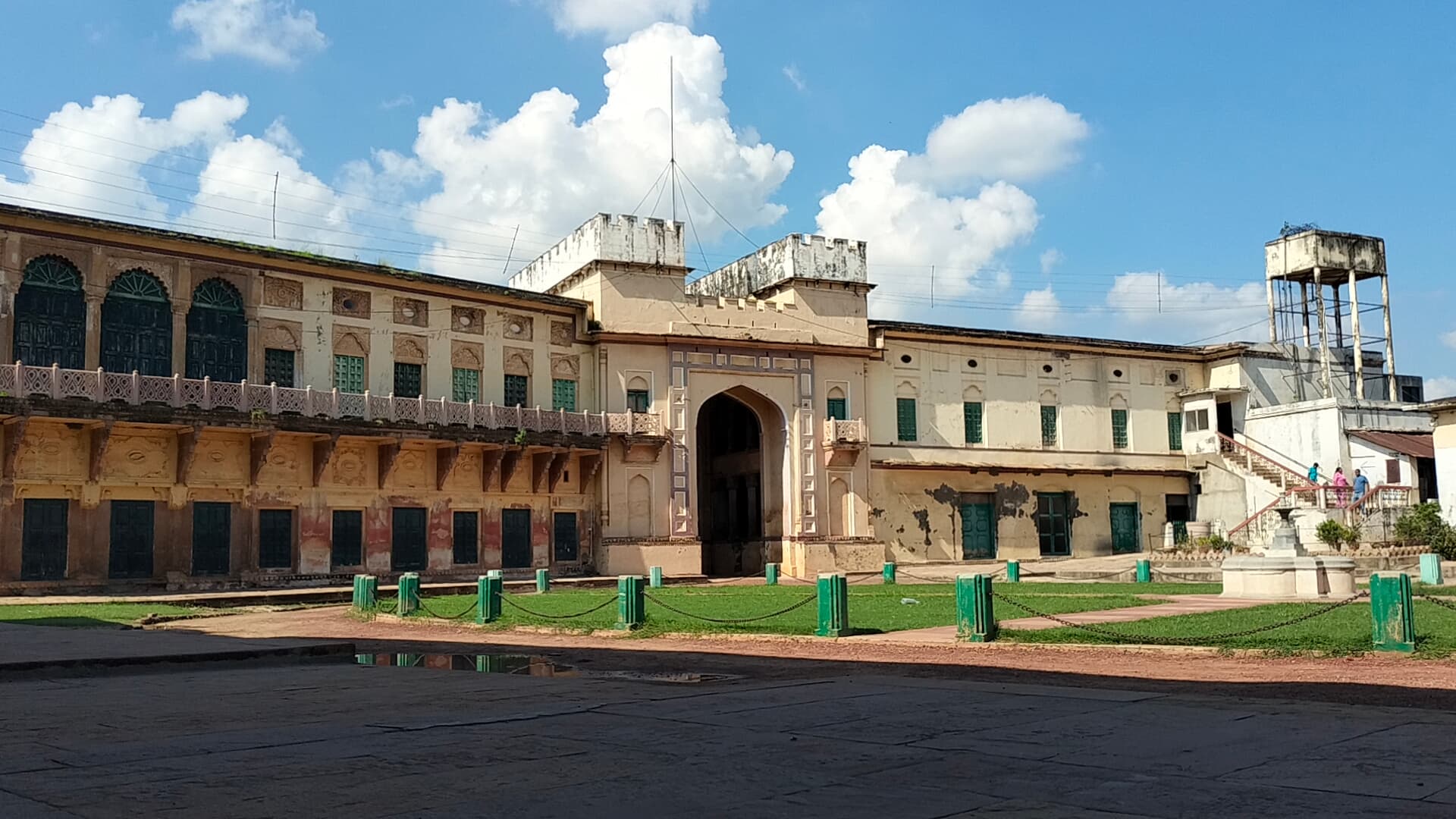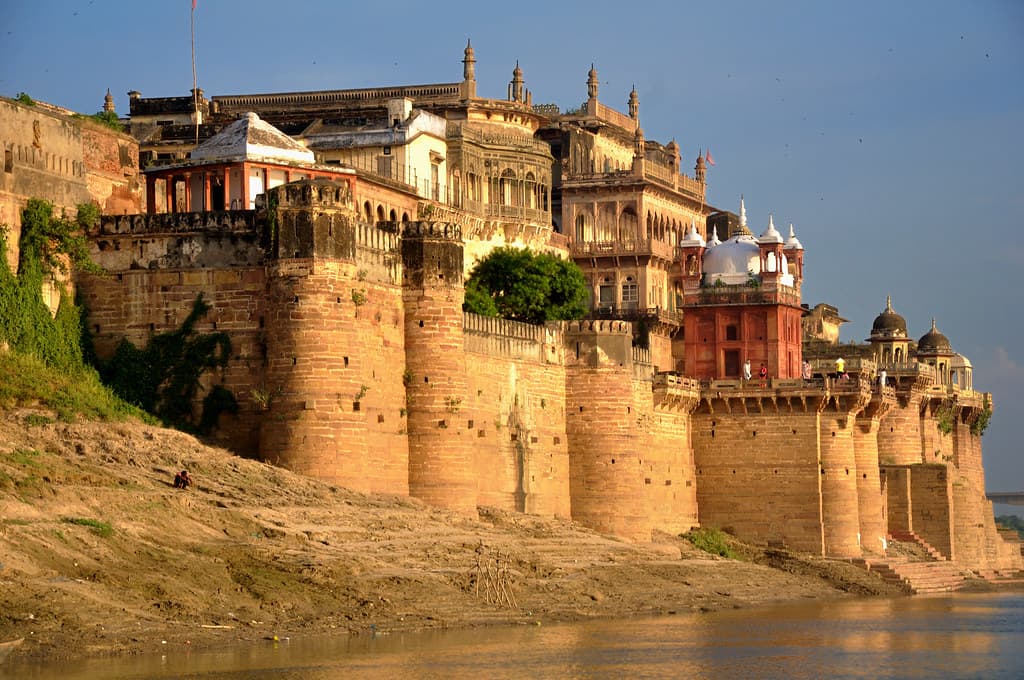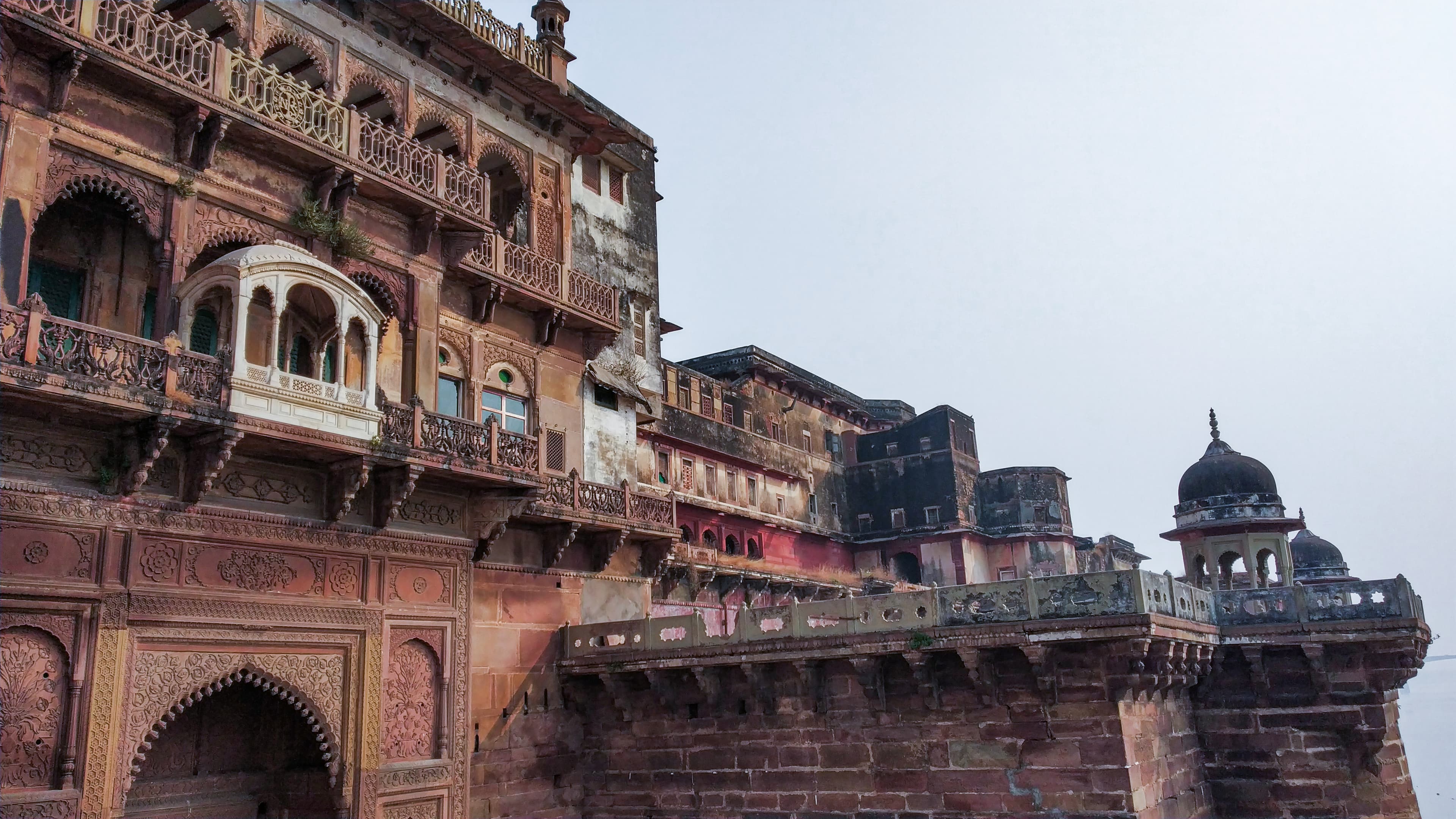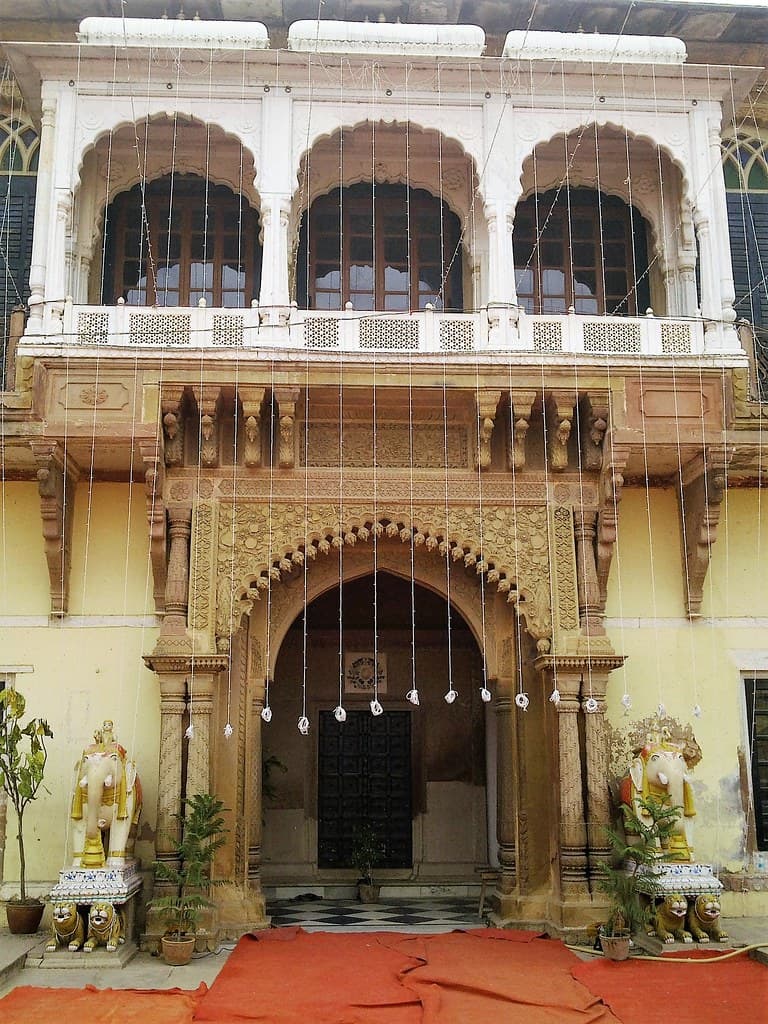Ramnagar Fort





Overview
Ramnagar Fort, located on the eastern banks of the Ganges River in Varanasi, is a striking example of Mughal and Rajput architecture that commands attention with its distinctive pink sandstone façade. Built in the 18th century by Kashi Naresh Raja Balwant Singh, this imposing structure served as the royal residence of the Maharajas of Varanasi. The fort complex is known for its grand entrance, embellished with intricate carvings and a series of imposing gates. Inside, visitors can explore an array of rooms and courtyards, including the opulent Darbar Hall, which once hosted elaborate court ceremonies. The fort also houses a museum displaying a diverse collection of artifacts, including antique weapons, royal attire, and historical manuscripts. The fort's location offers a unique vantage point for observing the bustling activity along the Ganges, and its surroundings are rich with the heritage of the Varanasi royal family. The Ramnagar Fort is a testament to the region's historical significance and architectural prowess, providing a fascinating glimpse into the past.
Key Features and Attractions
Architecture: Ramnagar Fort is renowned for its blend of Mughal and traditional Indian styles. The fort’s architecture includes ornate arches, carved wooden balconies, and intricate stonework. Its high walls and defensive structures reflect its original military purpose.
Museums and Artifacts: The fort houses a museum that displays a range of artifacts including royal costumes, vintage cars, weapons, and manuscripts. These exhibits provide insight into the opulent lifestyle of the erstwhile Maharajas and the cultural heritage of Varanasi.
Palaces and Courtyards: Within the fort, visitors can explore various palaces and courtyards. The main palace, with its grand façade, is particularly noteworthy. The courtyards are adorned with decorative elements and offer a sense of the fort’s historical grandeur.
Temple: The fort is also home to the Kedareshwar Temple, dedicated to Lord Shiva. This temple holds religious significance and is frequented by devotees, adding a spiritual dimension to the visit.
Cultural Heritage
Ramnagar Fort stands as a testament to the rich cultural and historical heritage of Varanasi. It reflects the grandeur of the Maratha and Mughal influences in its design and construction. The fort was an important center for the local Maharajas and played a key role in the political and cultural life of the region.
Nearby Attractions
Kashi Vishwanath Temple: One of the most famous Hindu temples dedicated to Lord Shiva, located in the heart of Varanasi.
Sarnath: A significant Buddhist site where Gautama Buddha gave his first sermon. It features ancient ruins, stupas, and the Sarnath Museum.
Dashashwamedh Ghat: One of the most prominent ghats on the Ganges, known for its evening Ganga Aarti ceremony.
Ravidas Park: A large public park offering scenic views and a peaceful environment, ideal for a relaxing stroll.
Local Cuisine
Varanasi is known for its diverse and flavorful cuisine. Nearby the fort, visitors can enjoy:
- Chaat: Street food including aloo chaat, tamatar chaat, and kachori.
- Banarasi Paan: A traditional mouth freshener made from betel leaves, areca nut, and various spices.
- Kachori Sabzi: Spiced lentil-filled pastries served with a variety of vegetable curries.
- Malaiyo: A local sweet delicacy made from milk, often enjoyed as a dessert.

Leave the planning to a local expert
Tips for Visitors
Timing: The fort is best visited during daylight hours. Ensure you check the visiting hours in advance as they may vary.
Dress Code: Wear comfortable clothing and appropriate attire for visiting religious sites. It’s advisable to carry a hat or sunblock for protection from the sun.
Photography: Photography is generally allowed but respect local guidelines and ask for permission if unsure.
Local Guides: Hiring a local guide can enhance your visit by providing deeper insights into the history and significance of the fort.
Conclusion
Ramnagar Fort is not just a historical monument but a vibrant piece of Varanasi’s cultural mosaic. Its architectural splendor, combined with the rich collection of artifacts and religious significance, makes it a must-visit site for anyone interested in exploring the heritage of this ancient city. With its blend of history, culture, and local cuisine, Ramnagar Fort offers a comprehensive experience of Varanasi’s royal past and living traditions.
